Personalization Variables: The building blocks of personalized experiences
 Srikant Kotapalli
Srikant Kotapalli
Aug 27, 2021
 Srikant Kotapalli
Srikant Kotapalli
Aug 27, 2021
 Srikant Kotapalli
Srikant Kotapalli
Aug 27, 2021
 Srikant Kotapalli
Srikant Kotapalli
Aug 27, 2021
“Personalization” is not a new concept. Companies and brands have long sought to better engage valuable customers with tailored messages and experiences. Despite these efforts, there remains a gap: it’s not the vision—most brands aspire to deliver individualized experiences — it’s the execution. For example, only 5% of US customers say that email offers are well timed with their needs.
This gap between intent and reality stems from brands viewing personalization as a series of content-focused projects, such as marketing-led efforts to push relevant content, rather than trying to create unique customer journeys powered by continuous learning and refinement. Without a holistic approach to personalization—supported by tech & data strategy best suited to enable it—brands risk producing a fragmented experience that may be perceived by customers as irrelevant, redundant, or even bothersome.
It’s no secret that if done well, personalization unlocks numerous opportunities for marketers to drive customer loyalty and profitability. Most brands already have the necessary foundational elements to create a holistic strategy—all the data they’re capturing form the bedrock of personalization. In this blog, we’ll take you through some common-use cases of how you could use these data points to take your personalization to the next level.
Evolution of Personalization
What are Personalization Variables?
How can you leverage Personalization Variables?
Wrapping Up
It began the usual way: a forsaken email with the visitor name on top, and a message below that hoped to find the visitor well and urging them to buy. And to buy now. That strategy might have worked for the last two decades, but with 80% of customers now saying they will choose, and spend more, on brands that offer a great personalized experience, marketers need to reinvent their personalization strategy.
What began as a one-directional approach to personalization by uploading excel sheets with restricted user attributes, now needs to be a seamless “one brand to one customer” experience. Today’s new-age personalization is expected to have these characteristics:
Customer data is a treasure trove of information when you want to build long-lasting relationships. Insider’s Growth Management Platform collects a variety of customer data, depending on the products and integrations you’re using. Every data point, whether it is collected by Insider or sent to us via API, helps build unified customer profiles that capture who each customer is and what they want with the help of AI.
We refer to these data points as events and attributes. Before we move ahead to explain how we use these data points or ‘personalization variables’ to deliver hyper personalized experiences, let’s define attributes and events:
By leveraging attributes, and event parameters marketers can build dynamic content like product images, links, messages and more to create hyper-personalized messaging and deliver experiences that are more relevant and engaging for their customers.
Re-engage Inactive Customers with recurring push notifications that are relevant and engaging.
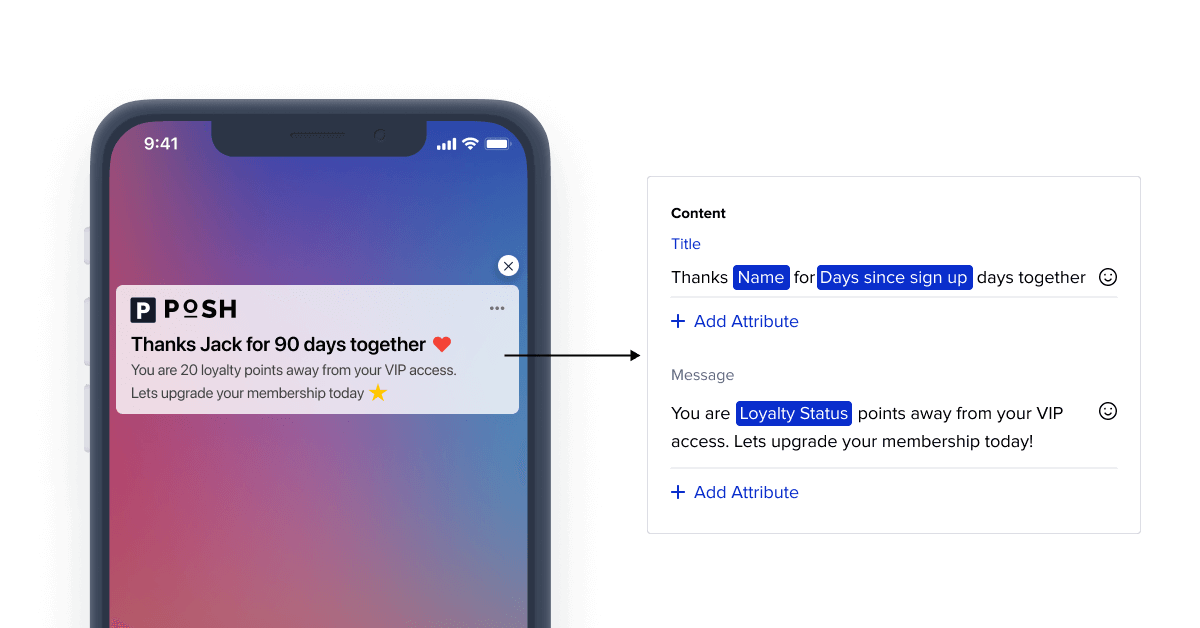
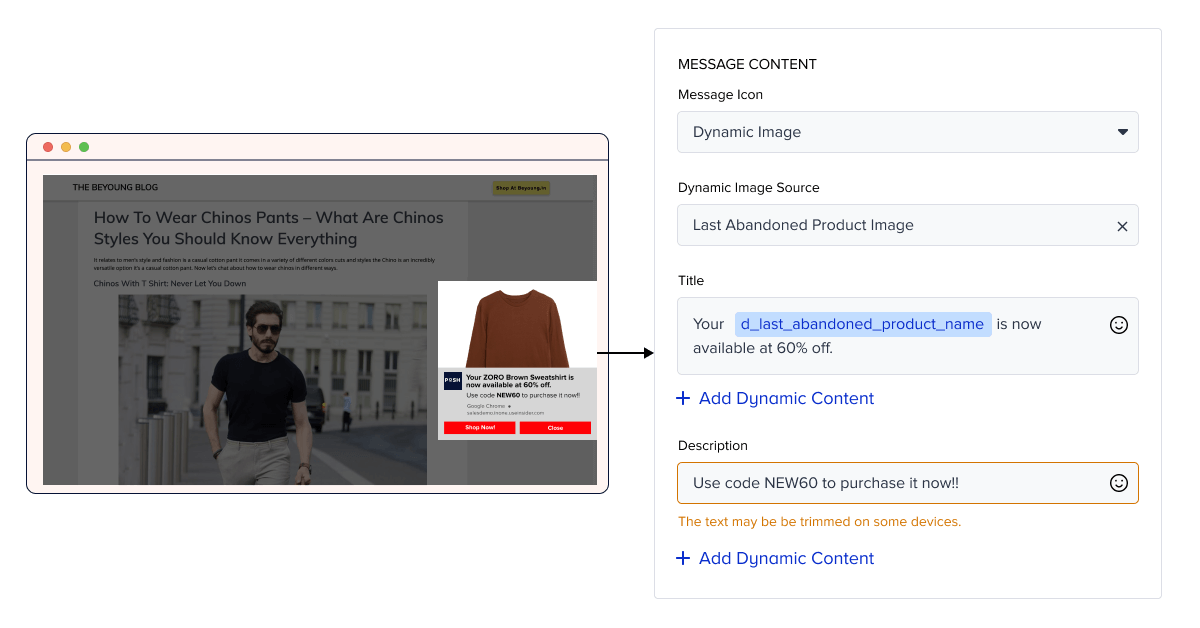
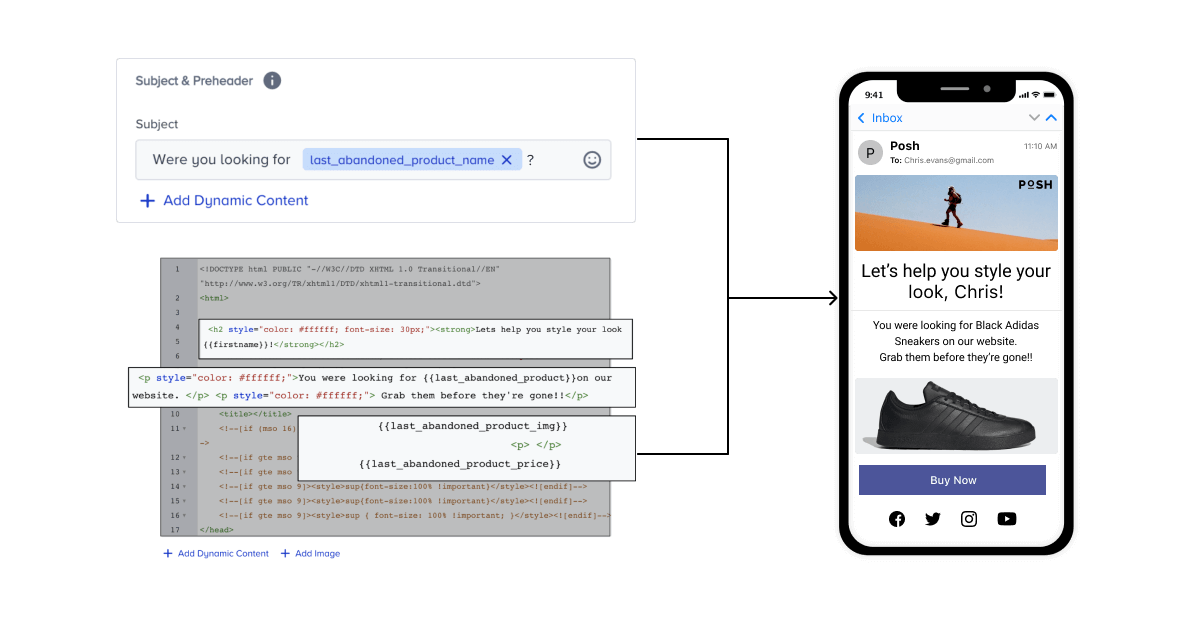
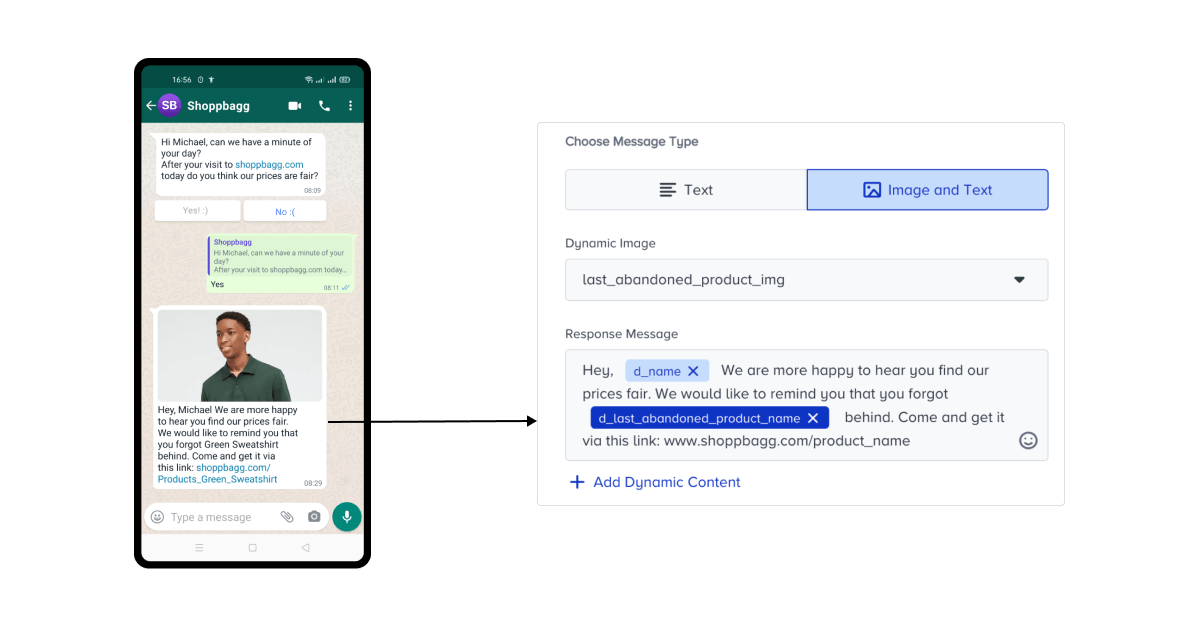
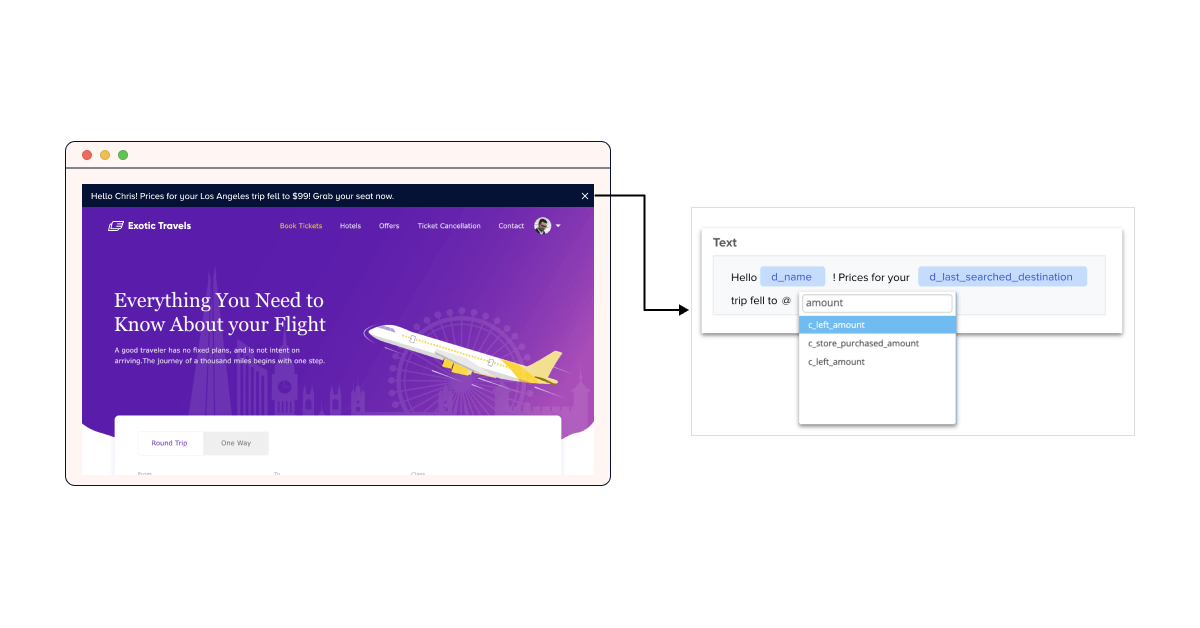
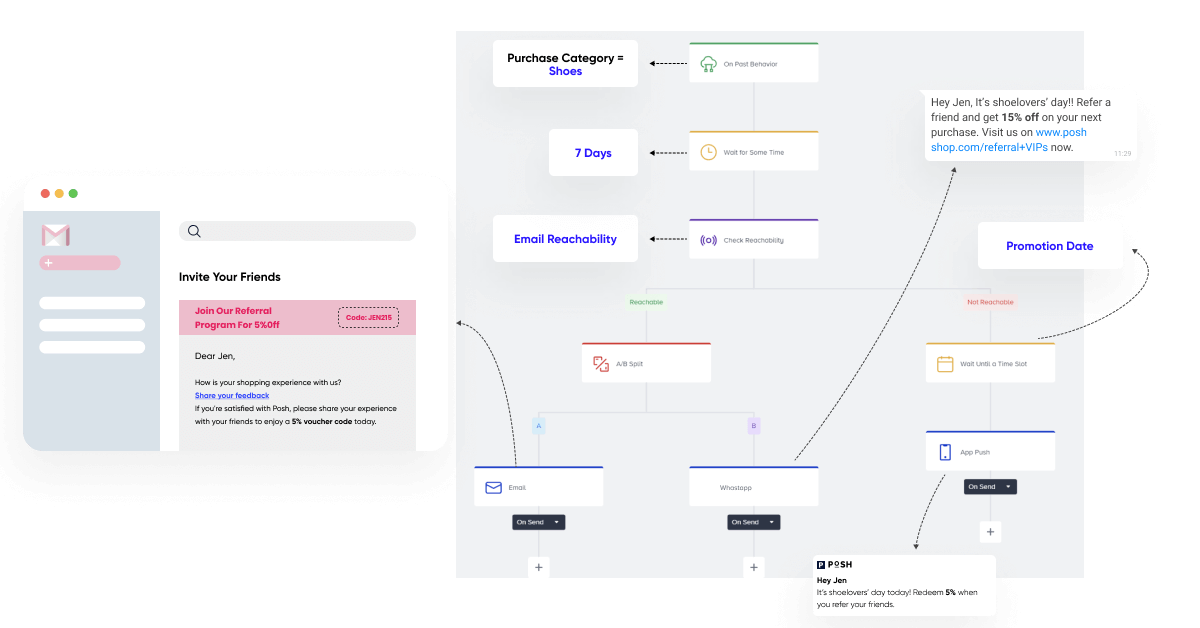
Traditional marketing advocates that good personalization practices result in an uptick in engagement. It should be clear by now that customers today are setting the agenda for how and when they interact with brands. They are in charge of their own journey and therefore their engagement with brands. The demanded experience is now a differentiator, and the service is what intrigues them.
Engagement nowadays represents and signifies the personal relationship that offers customers value wherever they are and whenever they are willing to engage—this, ultimately, is the experience they expect. With the common language of ‘personalization variables’, seamlessly delivering individualized user experiences across channels is now achievable, and relatively easy, with Insider.
Insider’s service offers convenience, relevance, speed, and top-notch timing that will drive repeated customer visits, purchases, and engagement.
Insider is an all-in-one marketing platform that empowers global brands to create one-to-one personalized experiences at scale and see faster time to value. Please see our success stories with clients Virgin and Philips, who have leveraged personalization to deliver highly impactful user journeys.

Written by
Srikant Kotapalli
Srikant is a seasoned product marketing leader with 15+ years of experience in building and marketing SaaS products. As VP of Product Marketing at Insider, Srikant is responsible for Insider's product positioning, GTM and analyst relations. When not working on product marketing projects, Srikant loves exploring the design and engineering of things